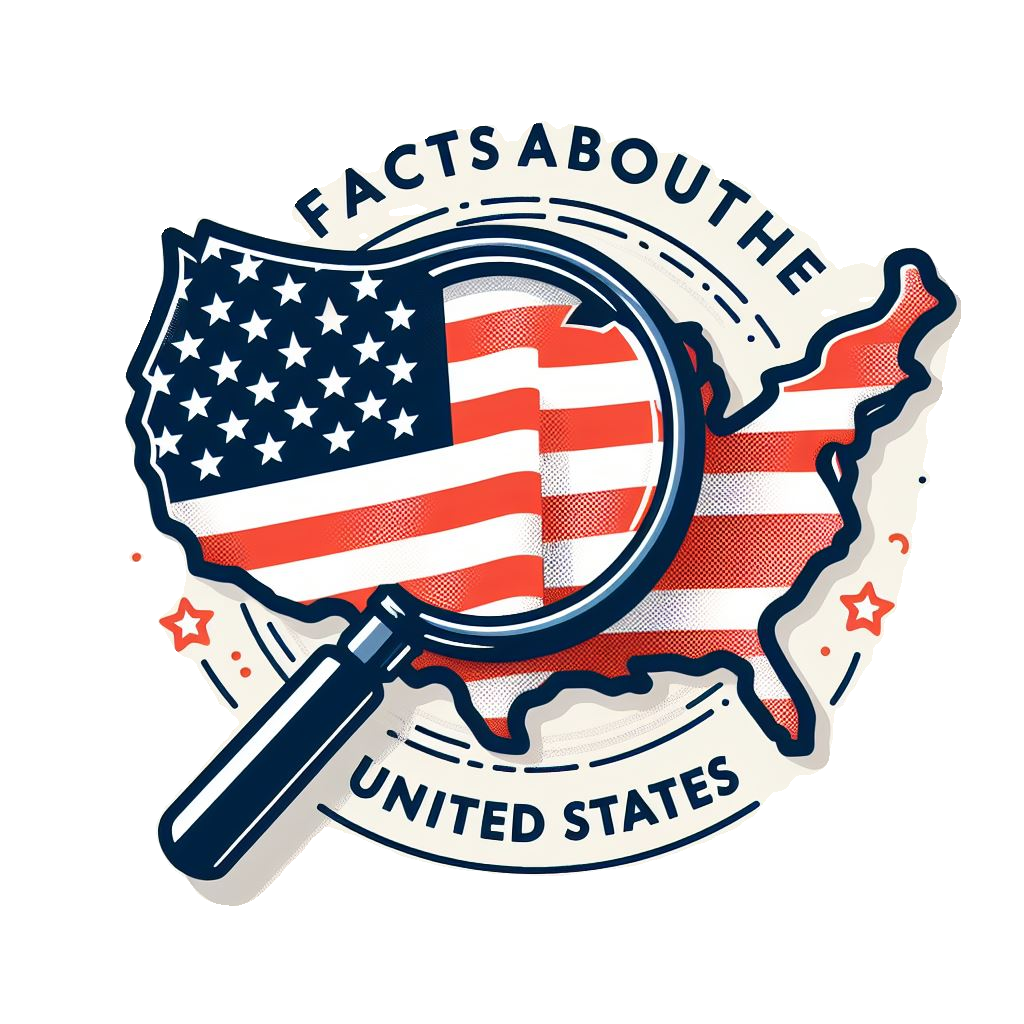Understanding America’s Role in the Vietnam War
The Vietnam War remains one of the most impactful and controversial conflicts in U.S. history. Stretching from the 1950s to 1975, it wasn’t just a fight on battlefields, but a clash of ideologies – democracy versus communism – that gripped the world’s attention.
Domino Effect Theory and the Cold War:
Imagine a row of dominoes. If you push over the first one, they all fall, right? That was the thinking behind the Domino Effect Theory, a major reason the U.S. got involved. The fear was that if communist North Vietnam conquered South Vietnam, it would trigger a communist takeover of Southeast Asia. This domino effect, they believed, would threaten U.S. interests and global security during the tense Cold War.
Gradual Escalation: From Advisors to Ground Troops
The U.S. involvement began subtly in the 1950s with financial aid and military advisors to train South Vietnamese troops. However, by the 1960s, the presence grew significantly. The Gulf of Tonkin incident in 1964, where North Vietnamese torpedo boats supposedly attacked a U.S. destroyer (later evidence suggested it might have been a misunderstanding), was a turning point. It led to the Gulf of Tonkin Resolution, authorizing President Lyndon B. Johnson to escalate military force. Soon, hundreds of thousands of American soldiers were on Vietnamese soil.
A Guerilla War Unlike Any Other
The war wasn’t a conventional battlefield clash. The Viet Cong, North Vietnamese communist guerillas, used hit-and-run tactics, booby traps, and tunnels, making it incredibly difficult for the U.S. military to achieve decisive victories. Agent Orange, a toxic defoliant used to clear jungle cover, had devastating environmental and health consequences that continue to this day.
A Nation Divided: The Anti-War Movement
As the war dragged on, with seemingly no end in sight and a rising body count, public opinion in the U.S. shifted. A powerful anti-war movement emerged, with protests questioning the purpose of the conflict and criticizing the mounting casualties.
The Withdrawal and Legacy
By 1973, the U.S. withdrew its troops after signing a peace treaty with North Vietnam. However, the war in Vietnam continued for another two years, ultimately resulting in North Vietnamese victory and the reunification of the country under communist rule.
The Vietnam War’s legacy is complex. It left deep scars on both the U.S. and Vietnam. It forced America to confront the limitations of military power and the importance of public opinion in shaping foreign policy. The war also highlighted the human cost of conflict, leaving a generation grappling with PTSD and the emotional wounds of war.
Understanding the U.S. involvement in the Vietnam War is crucial to comprehending the complexities of the Cold War and 20th-century history. It’s a story that reminds us of the importance of diplomacy, the high price of war, and the lasting impact of political decisions.
